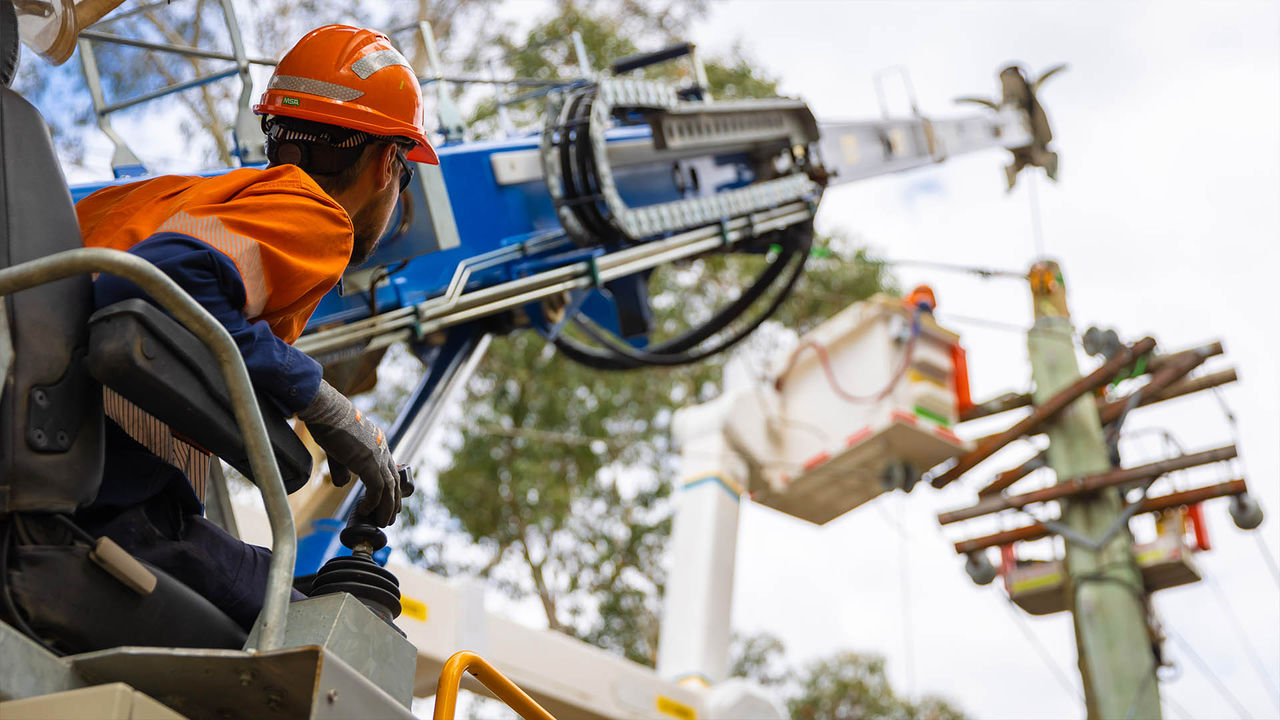

Infrastructure
| Sector | Infrastructure |
| Sub-sector | Utilities |
| Location | Australia |
The electrical utilities sector is inherently high-risk, with workers exposed to critical hazards such as working at heights, handling live electricity and working in extreme weather conditions. In such environments, maintaining robust health and safety standards and practices is essential.
Since the acquisition, Endeavour has evolved its approach to workplace health and safety (WHS) adopting a people-centred and technology enabled strategy, leveraging MAM safety specialists and global best practices.
Part of this WHS strategy was a structured risk review process introduced in 2021, which was supported by the development of a mobile app to help streamline field inspections and enable real-time risk monitoring.
Incident investigation processes were overhauled in collaboration with external advisors, leading to enhanced root cause analysis and a stronger focus on implementing elimination and engineering controls. This work included the introduction of enhanced dust extraction on deep earth borers reducing airborne particulates, redesigning cable supports for transmission cable jointing to reduce manual handling of cement bags, and reengineering of power pole foundations to reduce exposure to silica dust when installing overhead structures.
Working with MAM, a comprehensive Health, Safety, and Environment assurance framework was also implemented, encompassing both internal activities and contractor operations. This was supported by external “deep dive” reviews into specific control areas including ‘human factors’ and the effectiveness of the Incident Cause Analysis Method framework using external industry professionals to ensure controls are effective.
Public safety was prioritised with a four-pillar plan that covered educating construction partners, targeting traffic black spots, reducing underground cable strikes in partnership with Before You Dig Australia2, and revising network protection settings in high fire risk areas to minimise fire hazards.
Recognising contractors account for around 40 per cent of the workforce, Endeavour strengthened contractor management by aligning safety standards, integrating contractor safety results into core metrics, and making safety compliance and performance key criteria for contract engagement.
Outcome
The Total Recordable Injury Frequency Rate (TRIFR) has decreased by 71 per cent since 2019 while reporting of hazards and near-misses has increase by 74 percent.3
The Public Safety Plan and related initiatives have also strengthened Endeavour’s relationships with industry stakeholders, regulators, and other utility operators, further enhancing its reputation as a safety-first organisation.
reduction in the Total Recordable Injury Frequency Rate since 20194
people serviced by Endeavour’s network5
increase in hazard and near-miss reporting over the past four years6
attended by more than 250 people leaders from across the organisation on a weekly basis7
Learn more